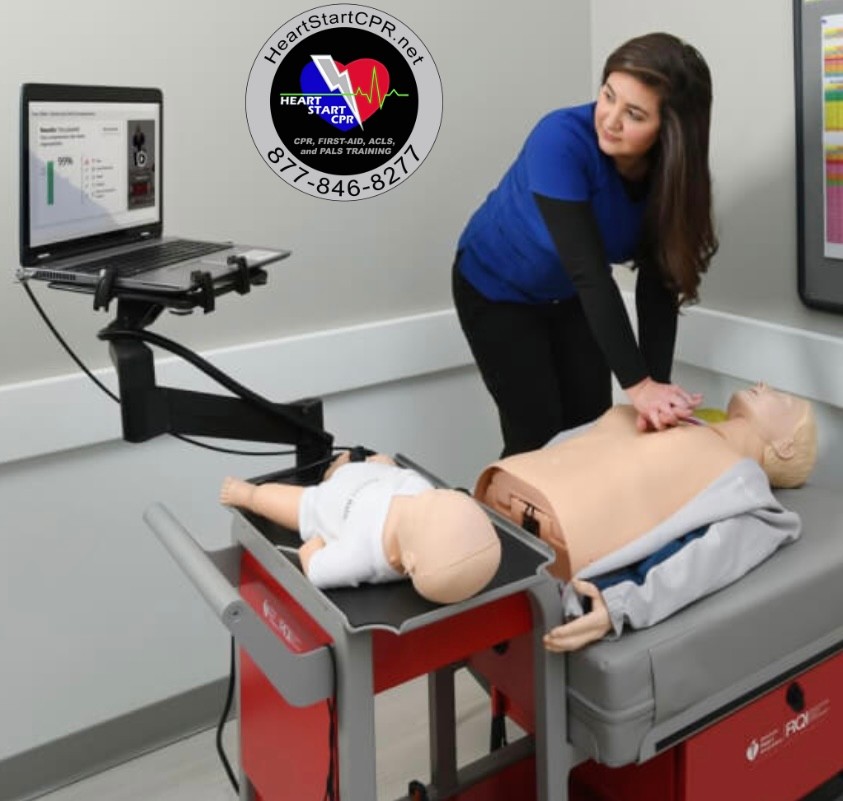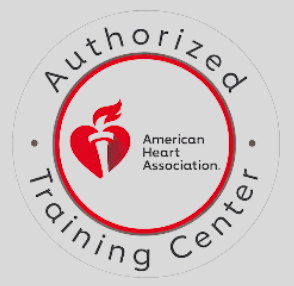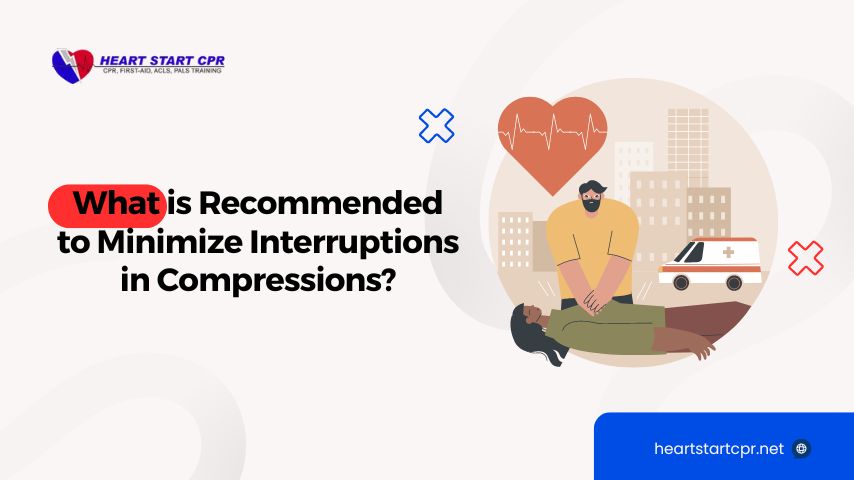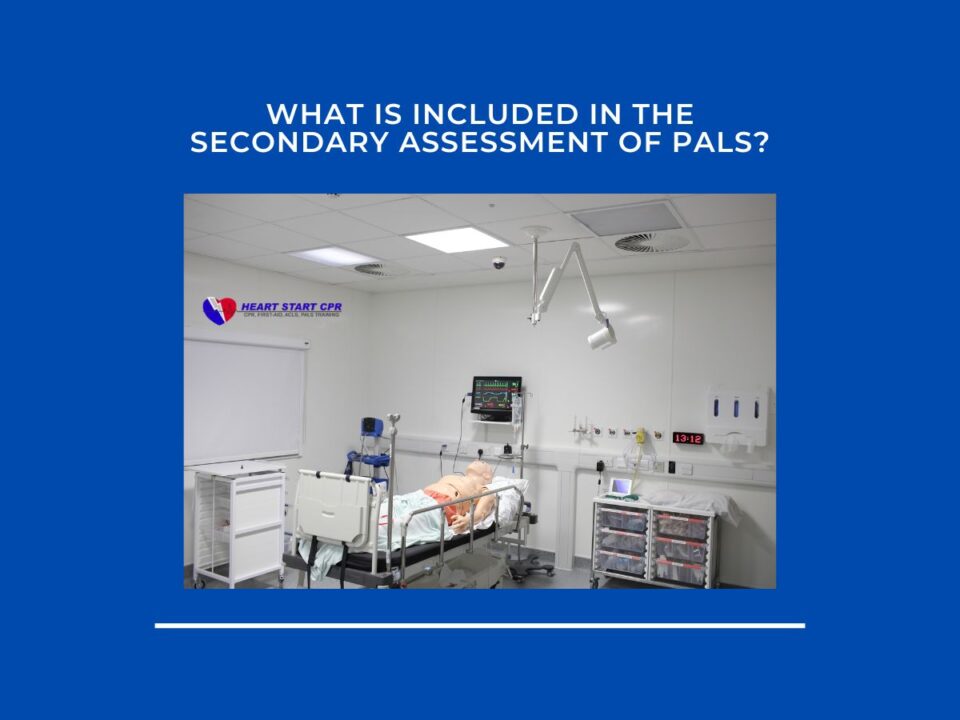
What Special Circumstances Should a Rescuer Consider When Using an AED?
June 6, 2024
6 Crucial Reasons Why You Need to Replace Your AEDs
June 13, 2024Sudden cardiac arrest (SCA) can strike without warning, and the swift use of an Automated External Defibrillator (AED) combined with high-quality chest compressions can dramatically increase survival rates. However, one of the most important factors that influence the effectiveness of resuscitation efforts is minimizing interruptions in chest compressions. In this article, I will discuss the importance of uninterrupted compressions during CPR and provide clear, actionable guidance for first responders, healthcare professionals, and anyone who might find themselves in a position to save a life.
Why Uninterrupted Chest Compressions are Important?
According to the American Heart Association (AHA), uninterrupted compressions help maintain blood flow to vital organs, including the brain and heart, leading to successful resuscitation. Research shows that any pause or hesitation in chest compressions, even for just a few seconds, reduces the chances of restarting the heart in a shockable rhythm. Every minute that passes without CPR and defibrillation significantly decreases survival rates by approximately 10%.
The goal should be to limit pauses in chest compressions to less than 5 seconds. Even brief interruptions in compressions can allow blood pressure and oxygen levels to drop rapidly, undermining the efforts of CPR. By carefully planning AED use and communicating well with other rescuers, you can minimize interruptions and maximize the victim’s chance of survival. Therefore, reducing interruptions is not just a recommendation; it’s a lifesaving obligatory in SCA cases.
Related: How Can You Achieve a High Chest Compression Fraction
Best Practices for Using an AED Without Interrupting Compressions
Here are some proven strategies to minimize interruptions during compressions when using an AED:
- Pre-Attach AED Pads
- Use of a Metronome or CPR Feedback Device
- Coordinate Actions Among Rescuers
- Training and Regular Drills
- Follow AED Prompts Precisely
- Hands-Free Defibrillation
- Practice Minimal Pause Techniques
1. Pre-Attach AED Pads
One effective strategy is to pre-attach AED pads while continuing chest compressions. This means placing the pads on the victim as soon as the AED is available but not pausing compressions until absolutely necessary. Many AED models allow pads to be applied without immediately analyzing the heart rhythm, buying precious seconds.
2. Use of a Metronome or CPR Feedback Device
A metronome or CPR feedback device can help maintain the correct compression rate and depth. These devices often come integrated with AEDs or as standalone units. By keeping the rescuer on pace, these tools help ensure high-quality compressions with minimal interruption.
Must-Read: What Does A Chest Compression Feedback Device Monitor?
3. Coordinate Actions Among Rescuers
Clear communication and coordination among rescuers can minimize interruptions. Assign specific roles: one person performs compressions, another prepares the AED, and a third monitors time and provides additional support. Clear, loud communication is critical, especially when transitioning between compressions and defibrillation.
4. Training and Regular Drills
Regular training and drills are essential for anyone who might use an AED. Simulated scenarios can help rescuers practice minimizing interruptions, making real-life applications smoother and more efficient. The American Heart Association (AHA) recommends frequent refreshers to keep skills sharp.
5. Follow AED Prompts Precisely
Modern AEDs are designed to guide users through the process. Following the voice prompts and instructions precisely can help minimize unnecessary delays. AEDs often advise pausing compressions only briefly to analyze the heart rhythm and deliver a shock if needed.
6. Hands-Free Defibrillation
Whenever possible, use AEDs that support hands-free defibrillation. This technology allows for chest compressions to continue while the AED is charging and preparing to deliver a shock. Once the AED indicates it is ready, compressions should be paused only momentarily to deliver the shock.
7. Practice Minimal Pause Techniques
Techniques such as “compressions during charging” can significantly reduce pauses. In this approach, rescuers continue chest compressions while the AED is charging. Only stop compressions when the AED instructs to deliver the shock and resume immediately after the shock is administered.
Common Challenges and Solutions
1. Dealing with Clothing and Accessories
Clothing, jewelry, and medical devices (e.g., pacemakers) can sometimes interfere with AED pad placement. Quickly remove or cut away clothing to expose the chest. Avoid placing pads directly over metal jewelry or medical devices.
2. Managing Environmental Factors
Wet or conductive surfaces can pose risks when using an AED. Move the victim to a dry, non-conductive surface if possible. If the victim is in a wet environment, quickly dry the chest before applying the AED pads.
3. Addressing Technical Issues
Ensure that the AED is regularly maintained and that batteries and pads are within their expiration dates. Regular checks and maintenance can prevent technical issues that might cause delays during an emergency.
Related: What Special Circumstances Should a Rescuer Consider When Using an AED?
Conclusion
In the high-stakes environment of cardiac arrest, every action we take can make a difference between life and death. By implementing the recommended strategies to minimize interruptions in compressions when using an AED, healthcare providers can maximize the chances of a positive outcome for their patients. Let’s work together to save more lives and ensure that everyone has access to timely and effective emergency care.
People Also Ask
Can I use an AED on a child?
Yes, many AEDs come with pediatric pads or a switch to reduce the energy level for use on children. Follow the device’s instructions for pediatric use.
What is the recommended compression-to-ventilation ratio when using an AED?
The current guidelines recommend a compression-to-ventilation ratio of 30:2 for adult CPR, with uninterrupted compressions during AED analysis and shock delivery.
Can AED pads be applied while compressions are ongoing?
Yes, AED pads can and should be applied while compressions are ongoing to minimize interruptions and maximize the chances of successful defibrillation.
What should be done if the AED advises a shock during compressions?
If the AED advises a shock during compressions, continue compressions until the device prompts you to pause and deliver the shock. Minimize the pause between compressions and shock delivery to maintain circulation.






